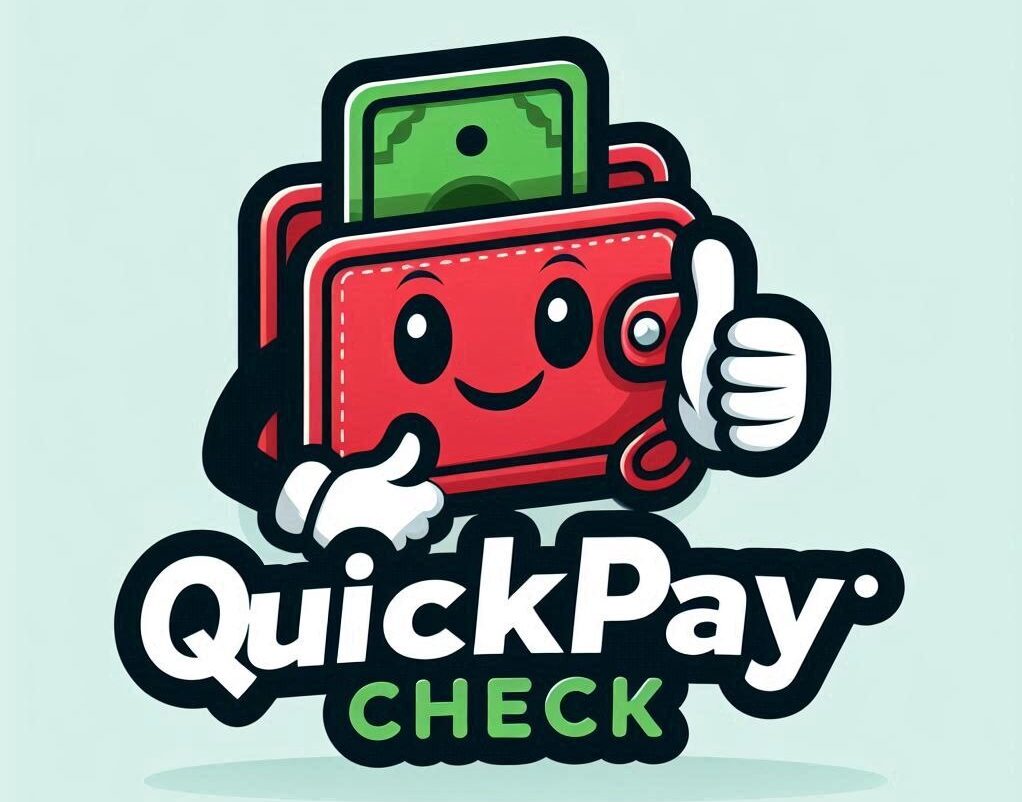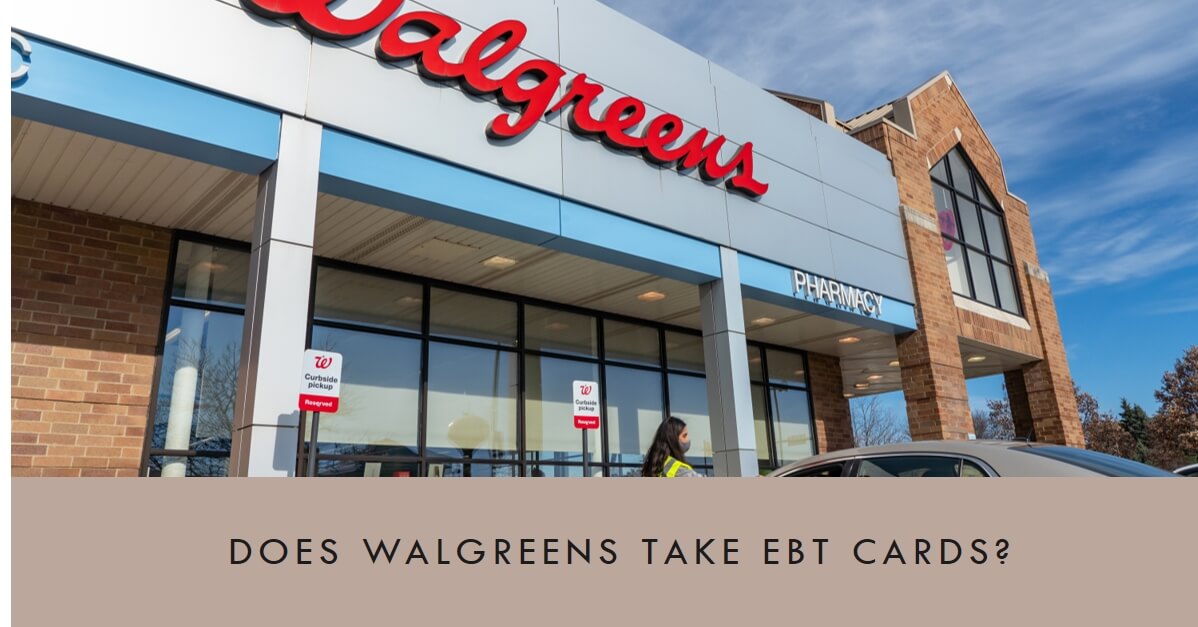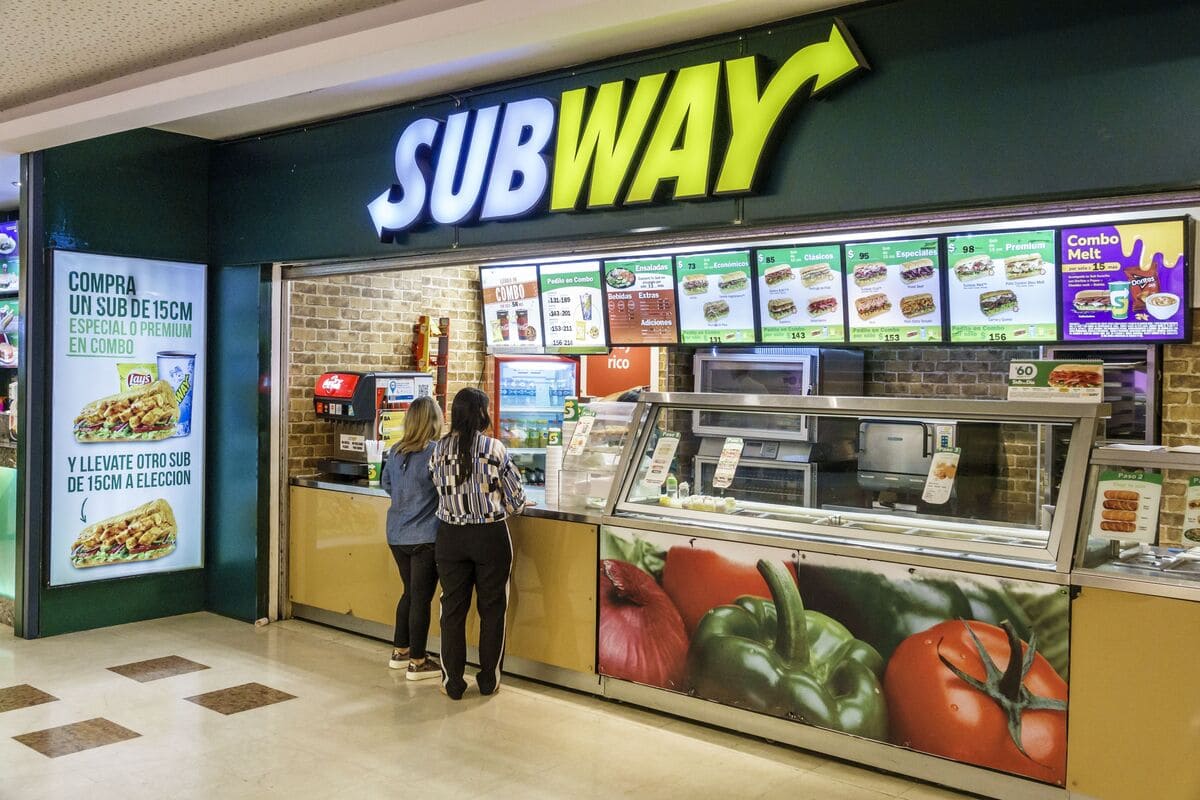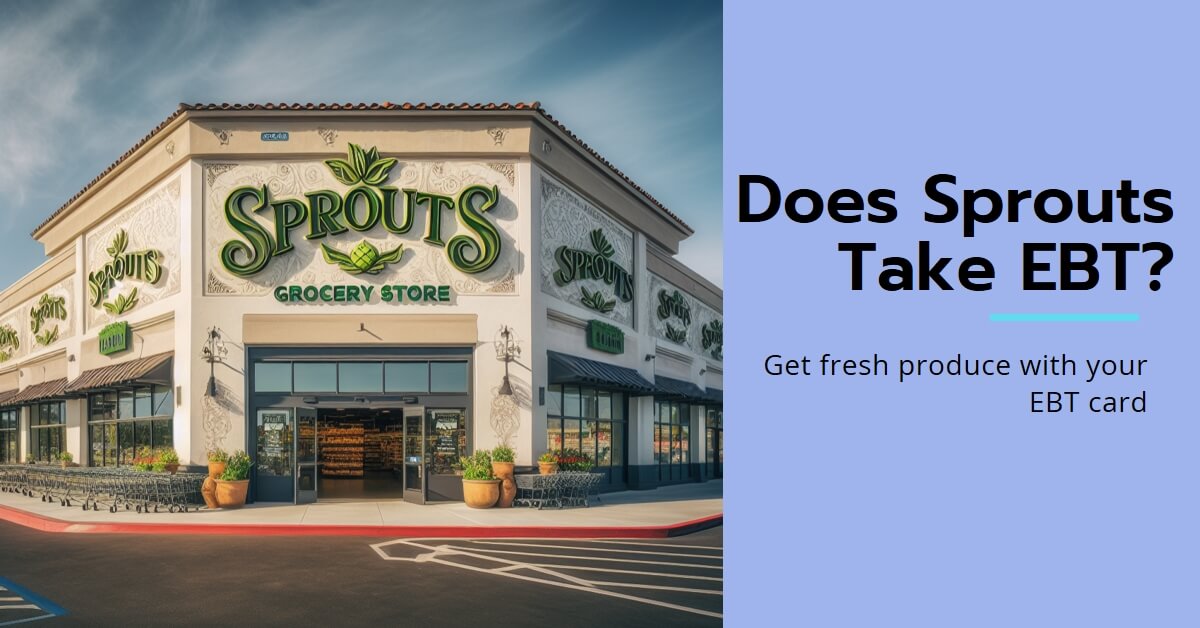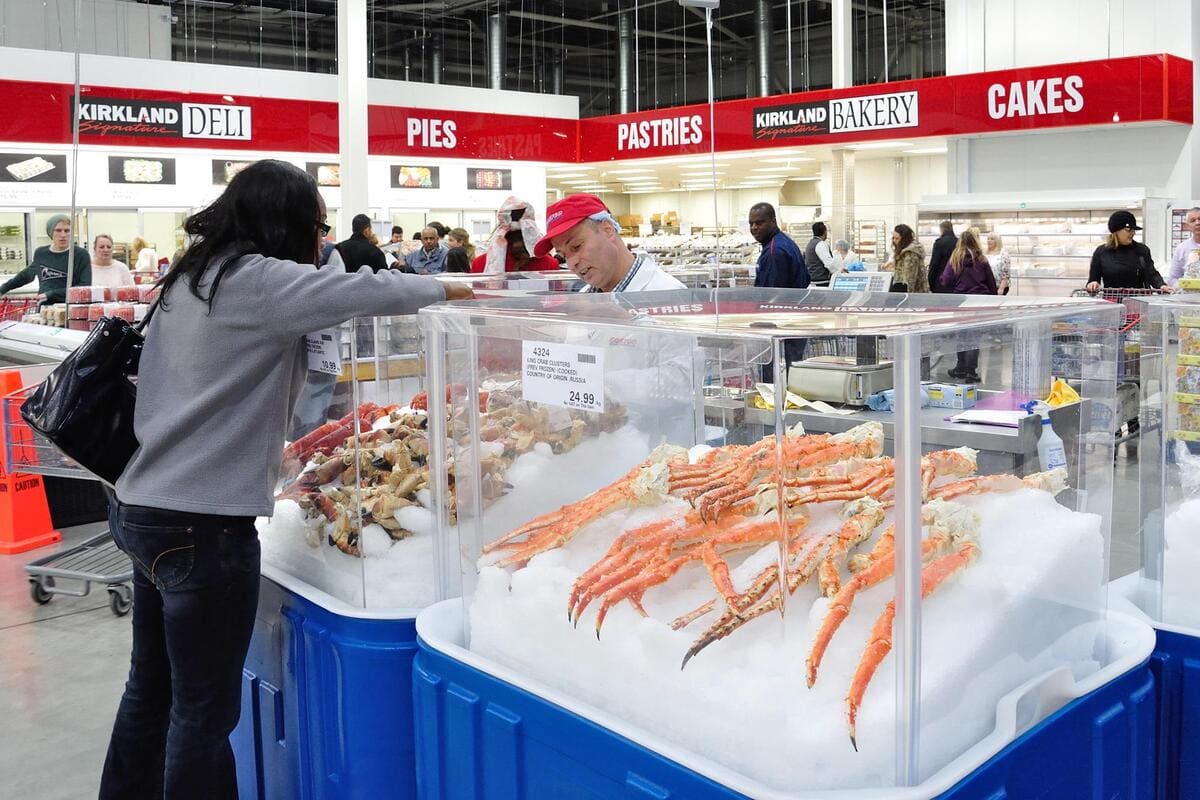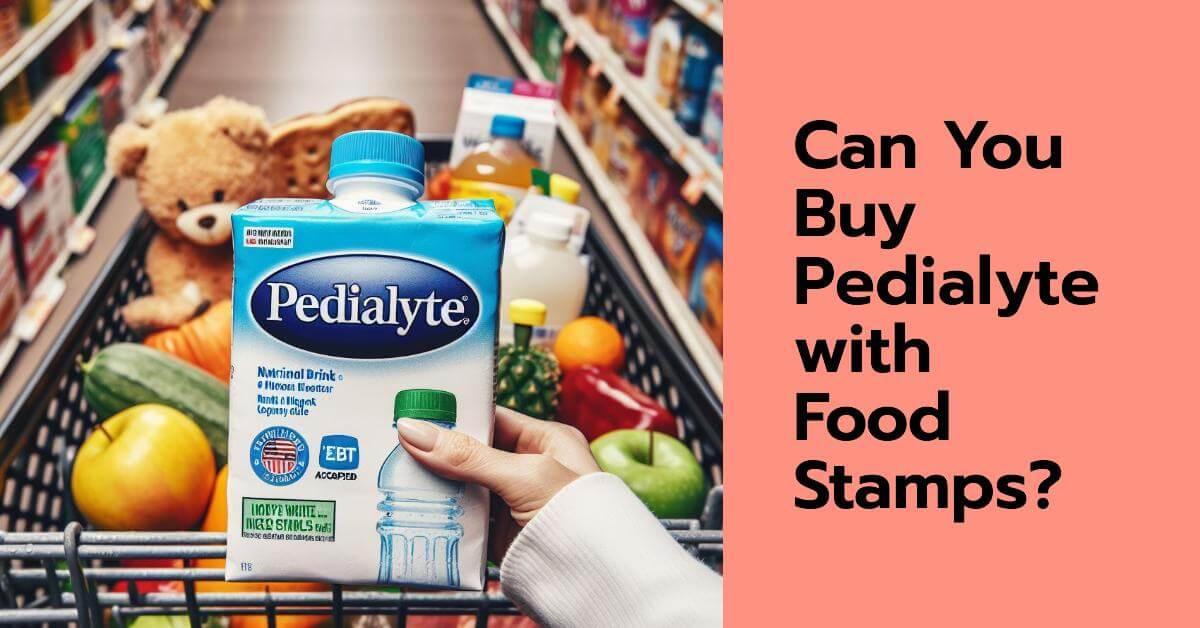As a pet owner struggling to make ends meet, you may be wondering: can I use my Supplemental Nutrition Assistance Program (SNAP) benefits or food stamps to buy cat food? With money tight, being able to use these benefits towards pet food could provide some much-needed breathing room in your grocery budget.
The short answer is no, SNAP benefits do not cover pet food purchases. But while cat food itself doesn’t qualify, this article will explore various programs and resources that may be able to assist pet owners who need help providing for their furry family members.
We’ll start by explaining how the SNAP program and EBT benefit cards work. Next, we’ll go over the rules regarding what you can’t buy with SNAP, including why pet food is excluded. We’ll also warn about potential consequences of misusing your benefits to try to purchase pet items.
Later on, we’ll highlight alternative organizations offering pet food assistance options. We’ll also discuss the debate around whether SNAP should expand its coverage to include pets. Finally, we’ll provide lots of tips for affording pet care costs when money is tight.
Understanding SNAP Benefits and EBT Cards
The Supplemental Nutrition Assistance Program (SNAP), formerly known as food stamps, provides monthly benefits deposited on Electronic Benefits Transfer (EBT) cards to supplement the grocery budgets of qualifying low-income individuals and families. Nearly 41.9 million Americans currently participate in SNAP.
These benefits can be used to purchase eligible food items at approved retail locations. When checking out, the EBT card functions similarly to a debit card, drawing funds from the available balance. The goal of SNAP is to help alleviate hunger and support basic nutritional needs during challenging economic circumstances.
SNAP benefits cover a wide range of food items, including:
- Breads and cereals
- Fruits and vegetables
- Meats, fish, poultry
- Dairy products
- Snack foods and non-alcoholic drinks
However, there are also strict regulations about what can’t be purchased with SNAP benefits.
Why Pet Food Isn’t Covered by SNAP Benefits?
Under SNAP guidelines, pet food, along with other non-food items, cannot be purchased with EBT cards. This stems from the program’s intent to focus specifically on meeting supplemental human nutritional needs.
Other examples of prohibited purchases include:
- Hot prepared meals
- Alcohol
- Tobacco
- Vitamins and supplements
- Household supplies
- Pet foods, treats, etc.
So when asking “can I buy cat food with food stamps”, the clear regulatory answer is no. SNAP benefits allocate limited resources towards human nourishment requirements first and foremost. Expanding coverage to pet supplies could divert assistance away from already vulnerable populations relying on these benefits just to eat.
However, proponents argue that pets provide emotional benefits essential to human well-being, so their own sustenance should be considered part of the equation. But for now, official SNAP rules remain adamant that pet food lies outside the scope of intended usage.
Attempting to Buy Pet Food With SNAP Benefits

Given the unambiguous exclusion of pet items from SNAP benefits, attempting to purchase cat food with your EBT card could have serious repercussions:
- Termination of benefits – Violating SNAP regulations can result in your assistance being cut off, sometimes permanently.
- Recoupment of funds – You may have funds retracted from your EBT balance to offset prohibited pet food purchases.
- Disqualification from SNAP – Breaking the rules can also ban you from receiving SNAP benefits for a set time period or indefinitely.
- Criminal charges – In some cases, fraud charges could be filed for knowingly misusing benefits.
Losing access to SNAP can severely impact a low-income household already struggling with food security challenges. As tempting as it might be to try to squeeze pet expenses from your EBT allotment, doing so seriously jeopardizes the continuity of your benefits.
For both your own and your pet’s health and happiness, it’s essential to understand proper SNAP usage guidelines and restrictions. Relying on authorized resources is the only prudent path forward.
Alternative Pet Food Assistance Programs
If your pet’s basic nutritional needs feel out of reach, don’t despair! There are specialized organizations working to fill this very gap for pet owners in need:
Pet Food Stamps Programs
Some non-profit groups now offer “pet food stamp” services tailored after SNAP. These operate through outside funding and donations rather than via EBT benefits. Nonetheless, they can still provide similar assistance with pet food costs for those facing economic shortfalls.
Participants qualifying based on income limits can receive temporary assistance with free pet food deliveries. Applications and eligibility rules differ across various pet food stamp providers, but often mimic SNAP criteria. Consult local listings for availability in your area.
Food Bank Pet Programs
An increasing number of regular food banks are expanding offerings to include pet food and supplies. Recognizing the integral role pets play in recipients’ lives spurs added support during already trying circumstances.
Check for pet care programs sponsored by your regional food banks. They accept pet food donations from retailers and distributors to assemble free distributions tailored to both feline and canine nutrition requirements.
Nonprofit Pet Support Grants
A variety of animal welfare nonprofits also allocate pet food grants and funding. These can temporarily offset costs if you’re fighting illness, job loss, homelessness, domestic violence, or other hardship temporarily impacting your ability to afford pet care.
Shelters and rescue organizations are useful resources for locating applicable grant programs and other local subsidized pet services. Pet insurance providers sometimes feature comprehensive listings as well.
With some diligence and planning, there are options to obtain assistance securing nourishing food for your furry companion even when finances falter. Having a few backup resources mapped out means one less stressor to juggle.
The Debate Over Expanding SNAP to Include Pet Food
The question around using SNAP EBT to buy pet supplies elicits passionate debate on both sides. At its core lies the disagreement over whether pets should ultimately be considered as integral members of a household or viewed separately when assessing nutritional requirements.
Proponents for expanding SNAP counter restrictions:
- Pets offer companionship helping households emotionally endure hard times
- Pet ownership benefits mental health, reducing rates of anxiety, depression and loneliness
- Relinquishing pets due to financial inability to feed them deepens emotional stress during already challenging circumstances
- Simple sustenance eligibility for pets costs very little but reaps significant emotional rewards
Opponents upholding SNAP use regulations counter:
- SNAP aims to address human hunger and nutritional deficiencies first
- Budget limitations means including pet food could redirect assistance from vulnerable populations
- Emotional significance of pets, while understandable, should remain separate from assessment of human nutritional requirements
- Pet food assistance still better situated under specialized nonprofit channels instead of overextending SNAP resources
This debate has simmered for years, but whilst opinions run fiercely on both fronts, official SNAP policy remains stringently opposed to pet food inclusion barring major overhaul.
That leaves supplemental assistance programs mentioned in earlier sections as the remaining lifelines for pet owners navigating economic shortfalls jeopardizing their ability to reliably feed furry family members.
Tips for Affording Pet Food on a Limited Budget
If federal or charitable assistance options still don’t sufficiently bridge the gap, all hope isn’t lost in keeping your pet properly fed. Putting some practical budgeting strategies and cost-saving adjustments into play can yield meaningful financial breathing room:
Consider lower-cost pet food options
- Switch to store brands rather than pricier name brands
- Buy in bulk whenever larger bags mean better per unit pricing
- Split larger bags with friends or family also having pets
Explore pet food stamps, discounts, or coupons
- Pet food companies often sponsor discounted food programs
- Check packages and websites for printable coupons
- Loyalty clubs may offer exclusive periodic discounts
Research costs of making your own pet food
- With proper nutrition understanding, you may discover cost cuttings from preparing you own
- But consult your vet before dietary shifts to ensure changes meet your pet’s health needs
Learn tricks for scoring free pet food samples
- Vet offices, pet stores, and manufacturers often have samples around
- Use social media giveaways and community pet groups to find free offerings
- Perfect stopgaps during periods when budgets run extra tight!
A mix of smart supplementing, careful comparisons, imaginative preparations, and social networking may produce sufficient combined savings to see you through.
And remembering to earmark pet costs within reasonable budgets reflecting associated responsibilities means less likelihood of shortfalls resulting in undesirable animal surrender during Future adversity.
Just be sure seeking cost savings never compromises proper pet health or care – a core component of responsible guardianship, regardless of financial constraints at play.
What to Do If You Run Out of Pet Food?
Despite best efforts, unfinished months or unexpected expenses arise. If you unexpectedly run out of pet food between pay periods or assistance dispersals, here are some emergency options to explore:
Consider safe, short-term household offerings
In a truly urgent bind, you likely have a few basic pantry items that could temporarily nourish your cat for a couple days:
- Cooked chicken or turkey: Unseasoned, plain
- Canned tuna or salmon: Packed in water rather than oil
- Cooked egg: Scrambled plain without salt or oil
- Small portion dog kibble: If lacking cat food
- Oatmeal: Slowly transitioned; not long-term
But introduce cautiously and only sparingly to avoid dietary issues.
Check with local community pet organizations
Reach out to local shelters, food pantries, social media groups, community leaders, nonprofits, religious congregations, etc to discover readily available pet food resources.
With some networking and relationship initiation, you may find neighbors willing to help fill sudden gaps. These could evolve into lasting outlets for pet food at future times of need.
Research financing options
Inquire pet food suppliers, veterinarians clinics, shelters, or trusted lending institutions about potential payment plans, lines of credit, or temporary assistance programs to finance urgent pet food expenses shielding current accounts.
Securing even minimal interim financing allows upholding beloved pet nourishment duties during unforeseen shortfalls.
Being a Responsible Pet Owner When Needing Assistance
The journey navigating pet ownership despite slim budgets or reliance on aid channels has added complexities needing acknowledgement:
- Seek regular veterinary care covering core well visits and vaccines to nurture ongoing health, regardless of financial constraints
- Prioritize proper pet nutrition fitting specific dietary requirements above personal appetites
- Prepare go-to emergency plans identifying accessible resources to prevent urgent surrender risk
- Accept the full weight of pet guardianship duties across life stages before acquiring new pets
- Consider pet insurance or squirreling savings for future veterinary needs
- Research all available assistance streams instead of relying solely upon unstable income
- Reflect realistically on current and future climate gauging true affordability and lifestyle sustainability
With smart planning, resourcefulness and community, devoted pet devotees without abundant means CAN discover workable roadmaps. But the key ingredients rest upon responsible budgeting, relationship building and unrelenting commitment placing inner animal duties first.
For those willing to put in the work, Hope remains eternal that fiscal constraints need not dictate heartstrings when it comes to steadfast pet pal care. Just takes equal parts strategy and love!
Final Thoughts
At the end of the day, successfully securing essential pet nourishment amidst economic adversity requires a two-pronged approach:
- Tapping alternate assistance channels when eligible
- Embracing responsible planning and guardianship
Understanding precise regulations around SNAP benefit usage enables wise usage free of risks. While SNAP limitations feel frustrating, supplemental programs help fill gaps so our cherished feline family feel valued.
But relying upon aid alone creates instability and anxiety. Contingency preparation through responsible budgeting and community engagement builds resilience.
With so many lives depending on us, creative cooperation combining contribution and self-reliance embodies the best path forward – for both beloved pets AND the guardians who adore them.
So can you buy cat food with food stamps? Maybe not directly. But does that mean fluffy gets forgotten? Absolutely not. Where there’s compassionate will, there IS a way!
